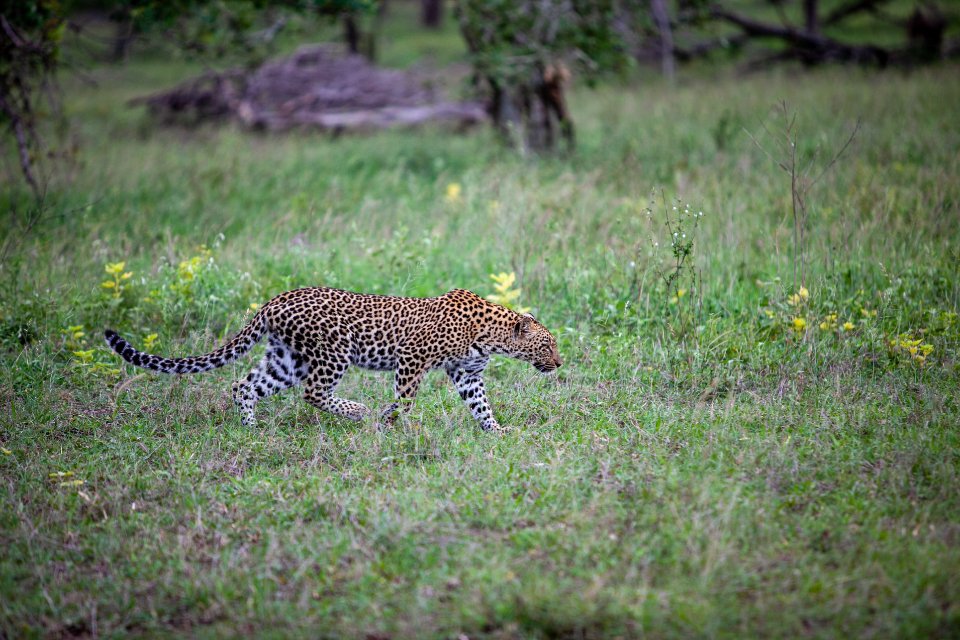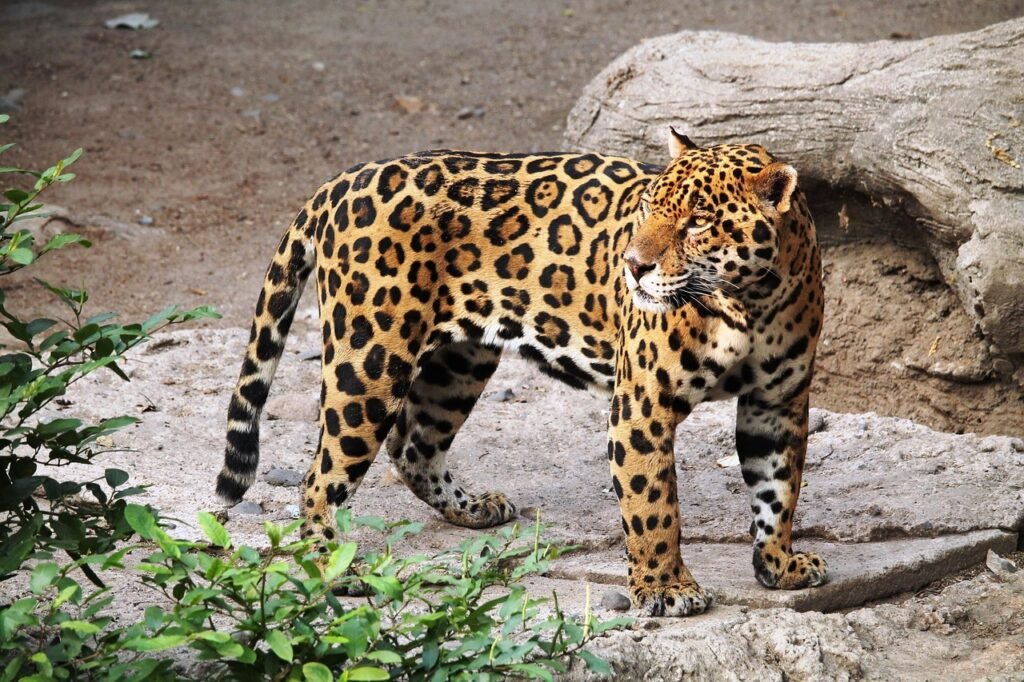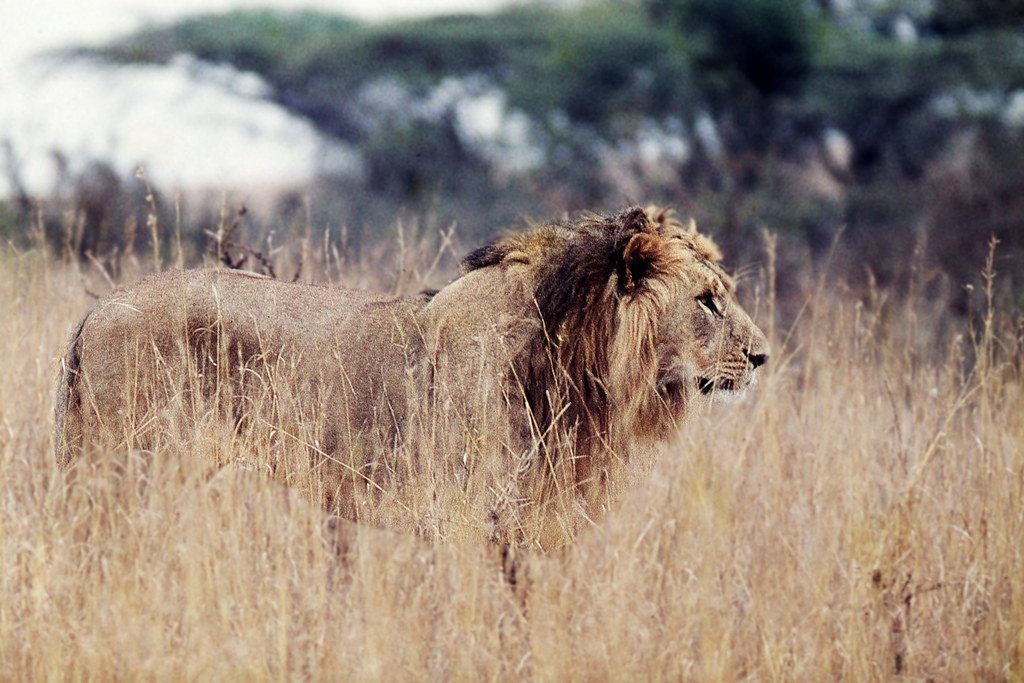The wilds of Asia are disappearing fast. From sprawling megacities to expanding farmland, human development is swallowing up natural habitats at an unprecedented pace. Yet in this concrete jungle, one predator refuses to back down.
You might expect leopards to retreat deeper into remote forests as cities grow. Instead, something remarkable is happening across Asia. These spotted cats are stepping boldly into our world, turning urban landscapes into their hunting grounds. This isn’t just survival; it’s adaptation at its finest.
The Surprising Reality of Urban Leopards

Picture this: you’re walking through a Mumbai suburb at midnight when a shadow moves between parked cars. About 35 leopards live in and around this park. These leopards also live surrounded by some of the world’s most crowded urban neighborhoods, housing 52,000 people or more per square mile.
This isn’t a rare occurrence anymore. India, home to an estimated 12,852 leopards, has become a key focal point for this phenomenon, with cities like Mumbai, Bengaluru, and Guwahati experiencing a notable rise in their urban leopard populations. These cats have figured out how to thrive alongside millions of people.
The numbers tell an incredible story. Bengaluru, for instance, reportedly has a significant leopard population on its outskirts, though exact numbers vary by survey and timeframe.
Forced from Their Natural Homes

You have to understand what’s pushing these cats into cities in the first place. According to Global Forest Watch, India has lost 2.33 million hectares of tree cover between 2001 and 2023. A large number of trees, farmlands and forests are cut down every year to build infrastructure such as residential buildings, offices, factories, and roadways to accommodate the rising human population in our country.
The math is simple but devastating. Deforestation therefore pushes out many wild animals out of their natural habitats in search for an appropriate alternative. When their forests disappear under bulldozers, leopards don’t just vanish. They adapt.
The highest rates of expansion are predicted to be in Asia and Africa which provide the vast majority of the leopard’s remaining range. This creates a perfect storm where urban growth meets displaced wildlife.
Masters of the Night Shift

But many of the leopards also work the unfenced border between nature and civilization. While the city sleeps, they slip through the streets and alleys below, where they pick off dogs, cats, pigs, rats, chickens, and goats, the camp followers of human civilization.
These urban leopards have become nocturnal ninjas. Beyond their dietary flexibility, leopards have mastered the art of living in the shadows of human activity. They are predominantly nocturnal, using the cover of darkness to navigate the urban maze.
They retain their nocturnal behaviour and avoid lingering close to where human activity takes place. It’s like sharing your neighborhood with ghosts that only hunt at night.
A Complete Menu Makeover

Here’s where things get really interesting. Studies have shown that the diet of urban leopards often includes a significant proportion of domestic animals. In some areas of India, domestic animals constitute as much as 87% of their prey biomass.
The most common prey items in the scat were all human connected. Dogs, Cats, Cows, and and Goats were all above 10% occurrence in the scat samples, and above 11% percentage of the Leopard’s diet. This complete dietary shift shows just how flexible these predators really are.
In the wild, leopards prey on animals like deer, wild boars, and monkeys. However, in urban and human-dominated landscapes, they have demonstrated an impressive ability to switch to alternative food sources.
Think of it this way: imagine if you moved to a foreign country and completely changed your eating habits within months. That’s exactly what these leopards are doing.
Unexpected Public Health Heroes

You won’t believe this next part. In Mumbai’s Sanjay Gandhi National Park (SGNP), a protected area nestled within the bustling metropolis, leopards preying on the abundant stray dog population has had an unexpected public health benefit. Research suggests that by controlling the stray dog population, leopards may be indirectly reducing the incidence of dog bites and the transmission of rabies, potentially saving dozens of human lives each year.
These urban leopards aren’t just surviving; they’re providing an ecosystem service that city planners never anticipated. The same predators that some fear are actually protecting public health in ways we’re only beginning to understand.
Finding Perfect Urban Hideouts

In many cities, leopards have been found in abandoned parks and buildings that make for perfect hideouts, from where they can also prey on stray dogs, cats and cattle conveniently. Cities inadvertently provide everything a clever leopard needs.
Now, and in the past, leopards may be able to survive in cities providing they have access to sufficient prey and areas of dense vegetation where they can hide during the day. This raises questions about what constitutes habitat for large carnivores, and identifies potential for increasing connectivity across landscapes modified by humans.
Urban landscapes offer something wild forests sometimes can’t: predictable resources and fewer competing predators. It’s almost like cities become all-you-can-eat buffets with built-in security.
The Southeast Asian Crisis

While some Asian leopards are adapting to cities, others face a grimmer reality. Our results showed the Indochinese leopard likely now occurs only in 6.2% of its historical range, with only 2.4% of its distribution in areas of confirmed leopard presence. The leopard is extirpated in Singapore, likely extirpated in Laos and Vietnam, nearly extirpated in Cambodia and China, and has greatly reduced distributions in Malaysia, Myanmar, and Thailand.
The [indochinese] leopard is extirpated in Singapore, likely extirpated in Laos and Vietnam, nearly extirpated in Cambodia and China, and has greatly reduced distributions in Malaysia, Myanmar, and Thailand. There are plausibly only two major strongholds remaining, which we consider priority sites: Peninsular Malaysia, and the Northern Tenasserim Forest Complex [Thailand].
The contrast is stark. While Indian leopards are learning to navigate urban jungles, their Southeast Asian cousins are disappearing entirely from vast regions.
China’s Mountain Leopards

In China, the story takes yet another turn. In southern China, camera trap surveys were conducted in 11 nature reserves between 2002 and 2009, but leopards were only recorded in Changqing National Nature Reserve in the Qinling Mountains.
In southern China, these leopards are found in Changqing National Nature Reserve in the Qinling Mountains where they inhabit the temperate mixed forest. Unlike their urban cousins in India, Chinese leopards remain largely confined to protected mountain forests.
This geographic difference shows how leopard adaptation varies dramatically across Asia. What works in Mumbai doesn’t necessarily work in the mountains of China.
Historical Lessons from Seoul

Here’s a fascinating historical perspective that might surprise you. Amur leopards were able to co-exist with people within the city walls of Seoul, South Korea, in the 19th century, reports a study led by a UCL and ZSL researcher. The new Frontiers in Conservation Sciences provides evidence to show that the now-critically endangered cat has been present in urban locations much longer – and in more diverse locations – than previously thought.
Their historic presence in Seoul, where winter temperatures can drop to -20°C in the winter and climb well into the 30s (Celsius) in the summer, demonstrates how adaptable leopards are. These cats were living in cities long before we thought it was possible.
This builds on previous work by South Korean researchers who had documented sporadic accounts of big cats in Seoul in Korean records stretching back to the 15th century. Their new study indicates that Seoul may have presented a suitable combination of potential free-roaming prey sources, such as stray dogs, the presence of several temporarily abandoned palaces inside the historic walled city and plenty of tree cover on the outskirts of the city.
When Coexistence Works

Some places have cracked the code on peaceful coexistence. The Jhalana Reserve Forest, in north-west India, is a classic example of peaceful coexistence between people and leopards. This 29 km2 island-forest is surrounded by the city of Jaipur and its population of c. 3.9 million people.
It is worth noting that no human mortality as a result of a leopard attack has been recorded to date around Jhalana. The leopards have coexisted peacefully for decades with the human residents, who respect and empathize with the leopards and the other wildlife of Jhalana.
Nayan says, ‘Under normal circumstances, no leopard that has adapted well to his surroundings and his neighbours would attack them. The urban leopards of Aarey Colony have built a home there. When leopards settle into urban areas, they often become surprisingly peaceful neighbors.
The Future of Urban Wildlife

The rise of leopards in our cities is a powerful reminder of nature’s resilience and adaptability. It challenges us to rethink our relationship with the wild and to create urban environments that can accommodate both humans and wildlife.
As cities continue to grow, the expansion of infrastructure and business hubs poses increasing threats to wildlife. To this end, the researchers stress the importance of identifying and preserving key leopard habitats and corridors to reduce human-wildlife conflicts.
The choices we make today about urban planning will determine whether this remarkable adaptation story continues or becomes just a fascinating footnote in natural history.
Conclusion

Leopards represents one of the most remarkable wildlife stories of our time. From Mumbai’s nocturnal hunters to Jaipur’s peaceful coexistence models, these cats are rewriting the rules of predator survival.
Their success stems from incredible behavioral flexibility, dietary adaptability, and an almost ghostlike ability to navigate human spaces undetected. Yet this adaptation comes at a cost. While some populations thrive in cities, others face extinction across Southeast Asia.
The leopard’s urban journey teaches us that nature finds a way, even in the most unexpected places. These spotted survivors remind us that the future of wildlife doesn’t always lie in pristine wilderness areas. Sometimes, it’s right outside our front doors, prowling through the shadows of our cities. What do you think about sharing your neighborhood with these magnificent predators?



